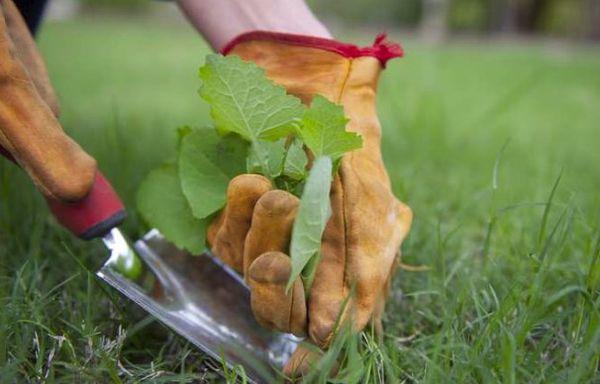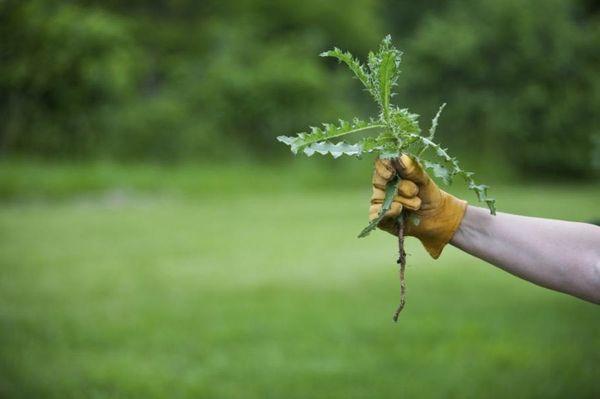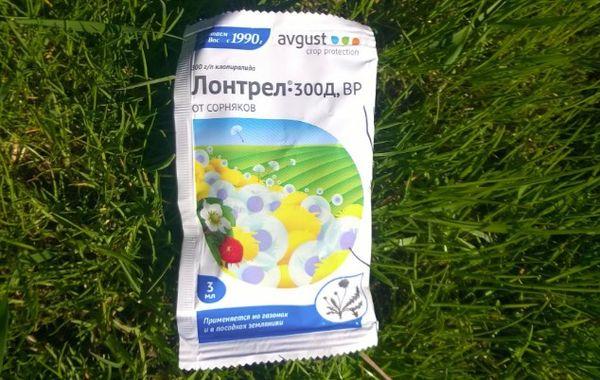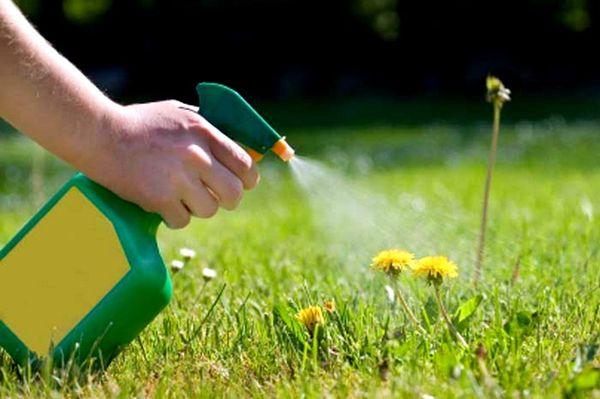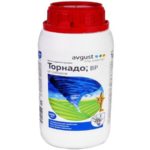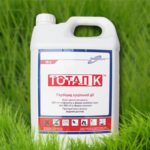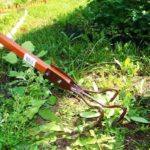Compared to alpine slides and flower beds, lawns are easier to care for. However, in order for them to maintain their ideal appearance for a long time, it is necessary to trim them in a timely manner and remove emerging weeds. Unwanted vegetation adds an element of chaos to the aesthetic appearance and draws nutrients from the soil. Let's look at how you can get rid of weeds on your lawn with maximum efficiency.
How do weeds appear?
The soil itself is a repository of seeds of various weeds, which begin to grow along with cultivated specimens. On lawns, especially newly sown ones, the appearance of weeds is inevitable. Their seeds are carried by the wind, birds, and animals. In addition, people often carry weed seeds on the soles of their shoes.
Weeds on a lawn are any plants that have not been used as sod. Their main danger is a decrease in the immunity of cultivated plants and a slowdown in their development.
Mostly undesirable vegetation on green lawns are dandelions, annual bluegrass, clover, plantain, quinoa, bindweed, blackhead, wood lice and others.
Tilling the soil before sowing the lawn
Preliminary preparation of the lawn for sowing includes several stages:
- Testing the soil to determine its mechanical composition. To do this, you need to slightly moisten a small piece of soil and roll it into a sausage. If this happens easily, then the soil is loamy. If the sausage turns out to be a ring without a single crack, it is heavy loam. A ring with cracks means that the soil is loamy, of medium gravity. A ground fracture during attempts to roll a sausage indicates a mild or medium type.
- Leveling the soil, getting rid of holes and lumps, planning water flow.
- Preparing optimal soil for the lawn. Stagnation of moisture is unacceptable, so in case of severe waterlogging, additional drainage or arrangement of surface drainage will be required. The preferred soil option is crumbly, with a sufficient amount of sand and organic fertilizers.
- Loosening the earth.At this stage, you need to dig up the soil to a depth of 25 centimeters. In small areas this can be done manually, but larger areas require the use of special equipment.
- Removal of weeds. To do this, you need to treat the area with Rounda or another that has a similar effect, and loosen the soil to a shallow depth - about 3-5 centimeters.
- Leveling and compacting fertile soil before sowing.
- Pre-sowing application of fertilizers containing phosphorus, potassium and a small amount of nitrogen.
How to fight weeds on the lawn?
To combat weeds appearing on the lawn, you can use mechanical, chemical, and gentle folk methods.
Mechanical method
On small lawns, weed control can be done mechanically.
Mowing the above-ground parts of weeds is not enough, since the roots remain deep in the soil. After 2-3 days, the harmful plant is restored again. Therefore, work should be aimed at destroying the root system of weeds.
For weeding, you can use a garden fork, a sharp knife, a trowel with sharp edges, or a hoe. If you need to destroy creeping weeds, it is recommended to use a rake.
Continuous herbicides
Continuous action herbicides are non-selective chemical preparations that have a universal effect and can kill a wide range of weeds. On lawns, such products are used at the stage of early tillage before sowing.
The most famous and effective representatives of this group of herbicides are “Tornado” and “Dikovat”.
"Tornado"
The universal herbicide "Tornado" is most in demand when combating dicotyledonous, cereal and tree-shrub weeds.The drug is very loyal to cultivated plants; it helps maintain an optimal level of soil moisture and does not disturb crop rotation.
"Tornado" contains a high concentration of active ingredients, therefore it is used in minimal quantities.
"Wild"
“Dikovat” is a contact-type herbicide containing the active substance of the same name. It completely dries out the weeds in your lawn in just 2-3 days. When working with this substance, it is important to take into account that if processed early and with too much humidity, it can harm plant crops.
Selective herbicides
Selective herbicides are aimed at suppressing one or more types of weeds in the lawn. They are used to treat specific plant crops without harming them, but acting exclusively on weeds.
Selective herbicides may be used on site in granule, powder or liquid form. The most common drugs are Lontrel 300, Hacker and Demos. If the dosages specified in the instructions are followed, lawn plantings will not be affected.
The principle of action of drugs in this category is as follows:
- The active components penetrate the weed leaf barrier.
- Gradually, as they move on their own, they move to the ground parts and rhizomes.
- Further growth and development of the weed stops.
"Lontrel 300"
"Lontrel 300" based on clopyralid is applied after germination. Its action is aimed at the destruction of annual dicotyledonous and perennial root shoot weeds. The first signs of weed suppression are observed 18 hours after treatment.It takes up to three weeks for complete destruction.
"Deimos"
This product based on dimethylamine salt, thanks to the destruction of broad-leaved weeds, maintains an aesthetically attractive appearance of the lawn. Highly effective against more than a hundred varieties of weeds, including bindweed, dandelion and others.
"Hacker"
"Hacker" is a post-emergence systemic herbicide based on clopyralid. Available for sale in the form of granules, soluble in water. It is used for removing knotweed, sow thistle, chamomile, field thistle and other weeds on lawns.
The advantages of the drug are ease of use, ideal compatibility with other types of herbicides, as well as effective destruction of above-ground and root parts of weeds.
Folk recipes
For small-scale weed growth on the lawn, you can use proven and safe folk methods.
Vinegar with salt is a well-known traditional remedy for removing weeds. It is necessary to prepare a solution of one liter of water, five tablespoons of vinegar (9 percent) and two tablespoons of salt. After waiting for it to cool, water the weeds.
Other folk methods are:
- a mixture of one part citric acid with three parts vinegar;
- medical alcohol with water in proportions 1:10.
- hydrochloric acid;
- rock salt, which is used in dry form to treat weeds (one tablespoon for each).
How to care for your lawn without weeds
The first thing to consider is that the lawn must be densely covered with grass so that weeds have no chance.
It is also necessary to follow simple rules of care:
- Fertilize with fertilizers in a timely manner.
- Water your lawn regularly to protect against drought-loving weeds.
- From spring to autumn, mow the lawn.
No herbicides are needed to care for a young lawn. Mowing will solve the problem of annual weeds.

